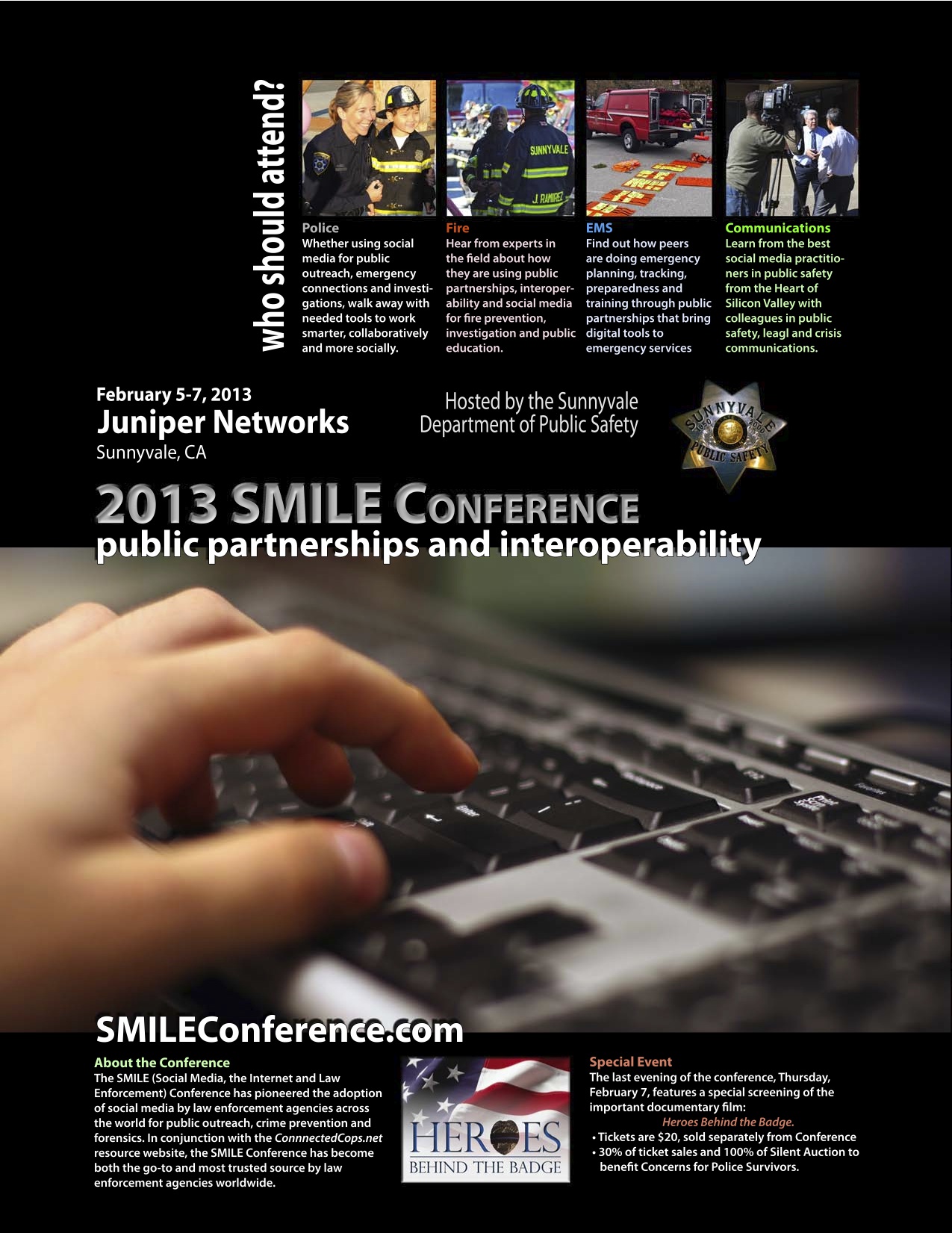 This blog post is a straight plug to encourage readers to engage in a new initiative launched jointly by:
This blog post is a straight plug to encourage readers to engage in a new initiative launched jointly by:
Professor Paul Senior of Sheffield Hallam University who tweets as @yorkhull and
Associate Professor Julian Buchanan of the Institute of Criminology at Victoria University of Wellington, New Zealand – @julianbuchanan
They have set up a series of interlinked initiatives to explore the growing use of social media for debating criminal justice policy and are seeking to test the following proposition:
Social media offers criminal justice stakeholders an open, equitable and transparent way to extend avenues of communication globally potentially increasing accessibility and impact. It has enabled novel and distinctive pathways for criminal justice policy exchange, evolution and implementation through the construction of an extensive e-architecture enabling new forms of dissemination, communication, policy networks, policy developments and debate which has the potential to democratise and widen access to influence crime policy.
I have taken the liberty of translating the proposition into two questions in non-academic English:
Can social media spread best practice quicker, all around the world?
Does it make it easier to broaden the debate to include service users, practitioners, managers, researchers, policy makers and politicians?
Paul & Julian have launched the initiative on a wide range of social media and are keen to engage with anyone and everyone who is interested in criminal justice policy.
The list of links is shown below.
A great first step would be for you to take the short survey about whether and how you use social media to discuss criminal justice issues.
If you want to find out more about the project or start engaging in discussion, you can:
Watch the YouTube video:
Comment on the Facebook Group
Browse the Scoopit online magazine
Or join the LinkedIn Group
The survey has already been completed by a wide range of participants in a dozen different countries.
It would be great to start a truly international criminal justice policy exchange.
So, I hope you will give it a try.
I’ve done the survey and joined the LinkedIn group and am already looking forwards to asking participants in Australia, the USA and the Netherlands their experience of payment by results…









